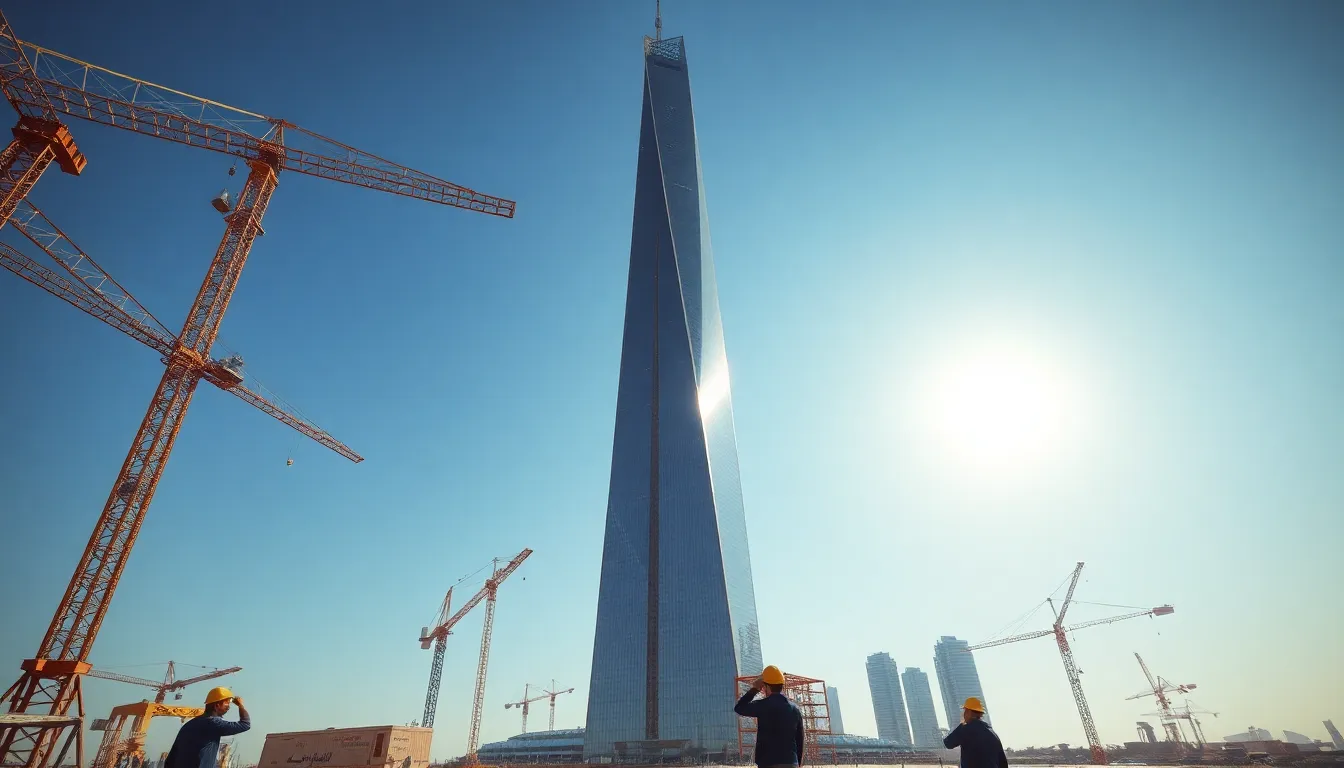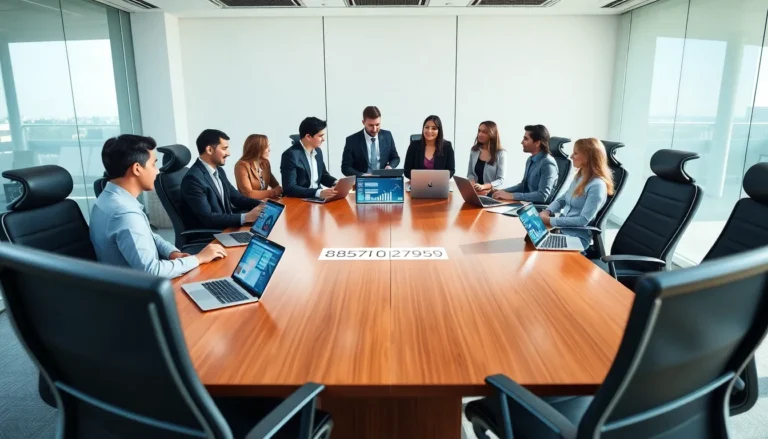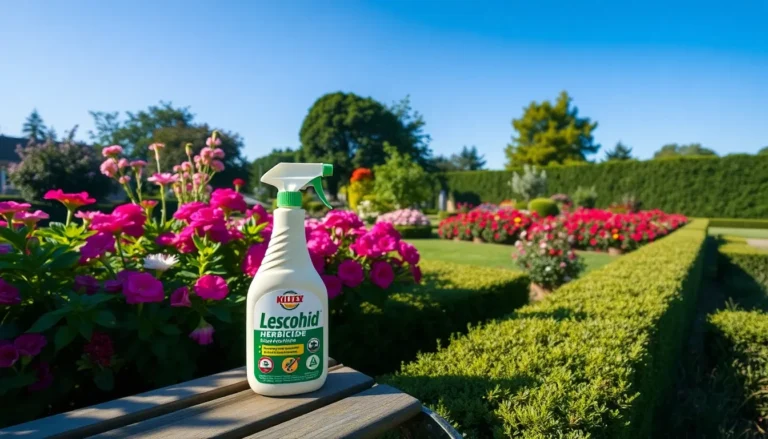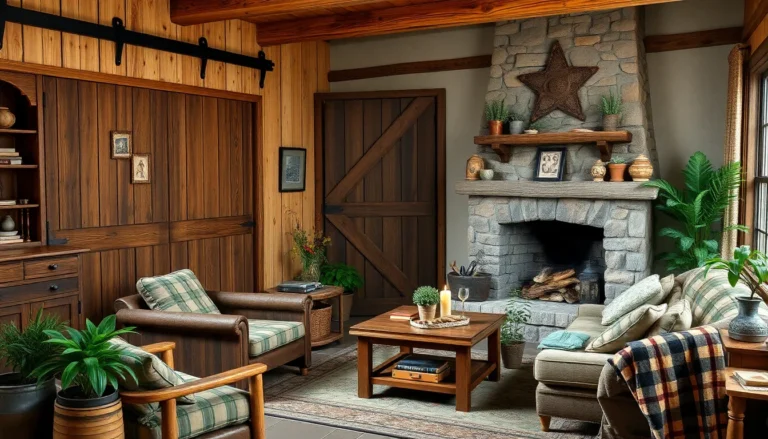Table of Contents
ToggleImagine a skyscraper so tall it makes clouds feel like low-hanging fruit. The race to build the tallest building in the world is on, and it’s not just a contest of height; it’s a battle of innovation, engineering marvels, and a sprinkle of sheer ambition. As construction crews work tirelessly, they’re not just stacking steel and concrete; they’re redefining what’s possible in architectural design.
This monumental project promises to be a game-changer, attracting tourists and curious onlookers alike. While most of us are just trying to reach the top shelf in our kitchens, these builders are reaching for the sky—literally! Buckle up as we dive into the fascinating world of the tallest building under construction and discover what makes it a towering achievement in human ingenuity.
Overview of the Tallest Building in the World Under Construction
At present, the tallest building under construction is the Jeddah Tower in Saudi Arabia. This impressive structure, once completed, will surpass 1,000 meters in height. Featuring a clean, sleek design, Jeddah Tower incorporates cutting-edge technology and sustainable practices throughout its construction.
The project showcases the collaboration of skilled architects and engineers from around the globe. Leading the design is the renowned firm Adrian Smith + Gordon Gill Architecture, known for their commitment to innovative structures. Utilization of advanced materials ensures the building can withstand extreme weather conditions and seismic activities.
Jeddah Tower aims to house a mix of residential, commercial, and hotel spaces. Approximately 167 floors will comprise the tower, providing stunning views of the surrounding city and coastline. The developers anticipate the building will become a significant centerpiece in the Jeddah urban landscape.
Moreover, Jeddah Tower will feature high-speed elevators capable of traveling unprecedented heights. These systems will contribute to the building’s efficient vertical transportation. The addition of smart building technology enhances the experience for residents and visitors alike.
The project aligns with Saudi Arabia’s Vision 2030, a strategic framework to diversify the economy and develop public service sectors. Anticipated to create thousands of jobs during construction and ongoing operations, it will play a vital role in the region’s economic growth.
Completion of Jeddah Tower is projected for 2025, making it a focal point for both tourism and architectural achievement. As interest in skyscrapers continues to grow, the Jeddah Tower stands as a testament to human innovation and ambition.
Key Features and Design

Jeddah Tower showcases cutting-edge design and engineering advancements. The project’s height of over 1,000 meters sets a new benchmark for skyscrapers globally.
Architectural Innovations
Architectural innovations define Jeddah Tower. A unique tapering form reduces wind resistance, enabling stability. Glass and steel elements enhance aesthetics while providing structural integrity. The design emphasizes natural light penetration, creating an inviting interior environment. Elevators with double-deck configurations improve efficiency, transporting residents and visitors swiftly between floors. Advanced automation systems allow for seamless control of lighting and climate, enhancing user comfort. Each design choice reflects a commitment to modernism and functionality, making it a landmark in contemporary architecture.
Sustainability Practices
Sustainable practices play a crucial role in Jeddah Tower’s design. The project’s construction utilizes energy-efficient materials, minimizing environmental impact. A rainwater harvesting system captures and recycles water, promoting conservation. Solar panels will generate renewable energy, further reducing the building’s carbon footprint. Building orientation aligns to maximize natural ventilation and daylighting, decreasing reliance on artificial lighting and climate control. Additionally, the incorporation of green spaces aims to enhance urban biodiversity, contributing positively to the surrounding ecosystem. Each strategy aligns with broader sustainability goals, demonstrating a commitment to responsible development.
Location and Context
Jeddah Tower’s location in Saudi Arabia places it at the crossroads of tradition and modernity. The tower not only aims to redefine the skyline but also serves as a cultural symbol for the nation.
Cultural Significance
Cultural identity plays a vital role in the project’s design, which reflects both local heritage and contemporary artistry. Visitors will encounter spaces that celebrate Saudi culture while also looking forward to a global future. For instance, the incorporation of local materials and motifs enhances regional affiliation. Communities around Jeddah invest in the tower, influencing local artisans and craftsmen to contribute to its aesthetic appeal. This connection creates a sense of pride, making Jeddah Tower an emblem of national ambition and creativity.
Economic Impact
Economically, Jeddah Tower is poised to transform the local landscape. Enhanced tourism will likely generate significant revenue, attracting millions each year. Job creation extends beyond the construction phase, as the tower integrates residential, commercial, and hospitality offerings. Businesses in the vicinity benefit from increased foot traffic and customer engagement. Saudi Arabia’s Vision 2030 underscores economic diversification, making Jeddah Tower a strategic asset in implementing this plan. Overall, the project acts as a magnet for investment, boosting both infrastructure development and localized economies.
Challenges Faced During Construction
Jeddah Tower’s construction presents numerous challenges that require careful navigation. These hurdles encompass regulatory requirements and technological limitations, each influencing the timeline and execution of the project.
Regulatory Hurdles
Regulatory hurdles significantly impact Jeddah Tower’s construction process. Compliance with local building regulations demands meticulous attention to detail. Navigating permits and approvals from various government agencies often slows progress. Safety regulations, too, impose strict guidelines on construction practices. Each element must align with international standards, complicating the timeline further. Coordination with multiple stakeholders is crucial to overcome these challenges effectively. Adjustments to plans may be necessary to meet any evolving compliance demands, which can affect overall project delivery.
Technological Limitations
Technological limitations also pose challenges for Jeddah Tower’s construction team. Advanced construction methods are essential for such a monumental structure. Availability of cutting-edge materials impacts project speed and safety. Utilizing these materials, however, requires skilled labor trained in innovative techniques. Equipment capable of handling extreme heights is vital for progress but may face accessibility issues at elevated levels. Integration of smart building technology needs consistent updates to maintain efficiency. Addressing these technological constraints is crucial for achieving the desired structural integrity and operational excellence as the project moves forward.
Future Predictions and Implications
The construction of Jeddah Tower promises to reshape urban landscapes and architectural standards worldwide.
Skyline Changes
New skyscrapers like Jeddah Tower transform skylines, adding iconic structures that redefine a city’s image. With a height exceeding 1,000 meters, the tower will establish itself as a dominant feature against Jeddah’s backdrop. Architectural enthusiasts will likely draw inspiration from its unique tapering form, which not only enhances aesthetic appeal but also maximizes functionality. As the project nears completion in 2025, one can expect a shift in tourism patterns, with visitors flocking to take in breathtaking views. Similar high-rise projects might emerge in other cities, reflecting an ongoing trend toward verticality in architecture.
Global Architectural Trends
Jeddah Tower serves as a catalyst for global architectural innovation, emphasizing sustainability and advanced engineering. By incorporating energy-efficient technologies, it sets a precedent for future skyscrapers worldwide. Trends such as smart technology integration and environmental responsibility gain traction as builders aim for LEED certification and other sustainability standards. Cultural motifs and local materials become essential in design, as architects embrace regional identity while pursuing modern aesthetics. As the world’s cities evolve, structures like Jeddah Tower capture the imagination, driving an ever-growing interest in extraordinary designs that blend tradition with contemporary advancements.
Jeddah Tower stands as a beacon of architectural ambition and innovation. Its impressive design and sustainable features reflect a commitment to modernity while honoring local heritage. As construction progresses toward its 2025 completion date, the tower is set to transform Jeddah’s skyline and attract global attention.
This monumental project not only showcases the capabilities of contemporary engineering but also serves as a catalyst for economic growth and tourism in Saudi Arabia. The challenges faced during construction highlight the complexities of such an ambitious endeavor. Yet, overcoming these obstacles will further solidify Jeddah Tower’s status as a landmark of human achievement and a symbol of the future of urban development.








